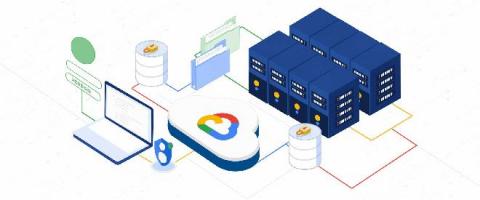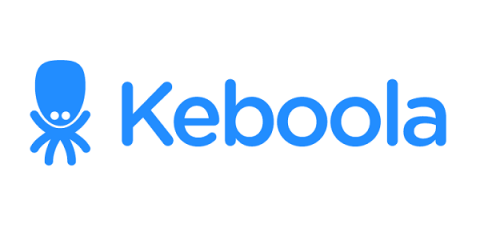Logging in Go: Choosing a System and Using it
Go has built-in features to make it easier for programmers to implement logging. Third parties have also built additional tools to make logging easier. What's the difference between them? Which should you choose? In this article Ayooluwa Isaiah describes both of these and discusses when you'd prefer one over the other.











